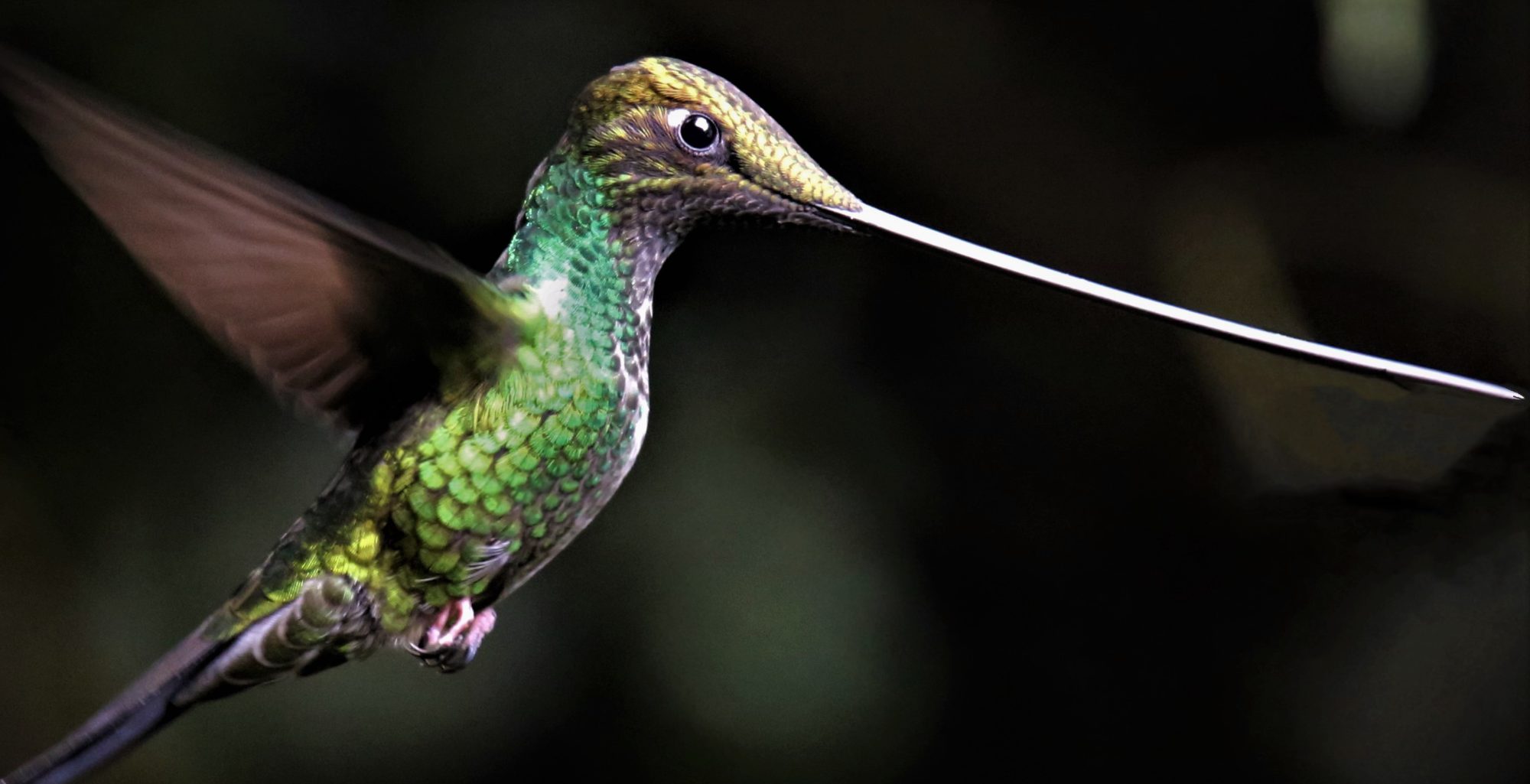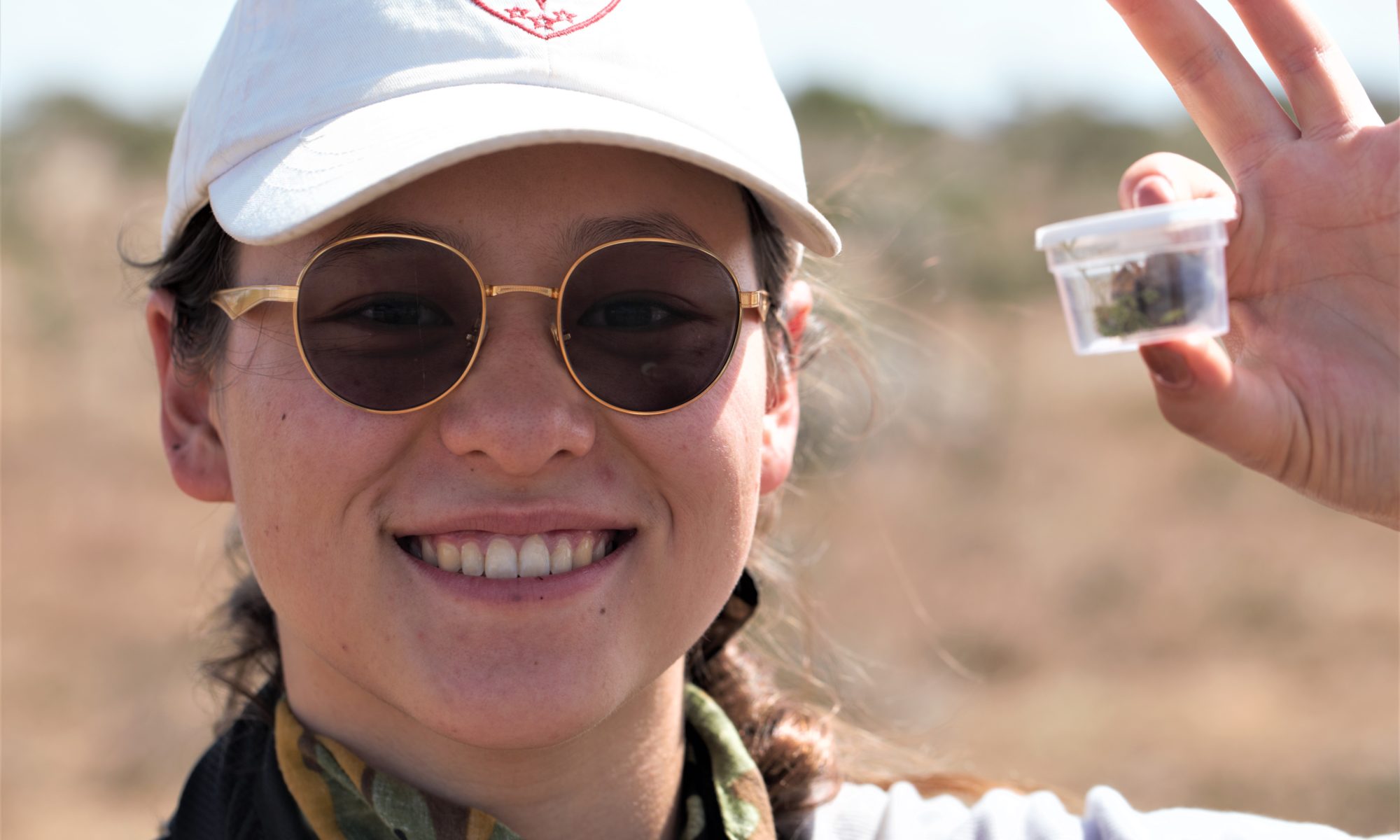After settling into my room, which had a great view from the porch and was big and comfortable, I went up to the building where everyone met for lunch. I was welcomed by a group of Harvard Entomology postgraduate students and I had a seat. One of my favorite classes in college was entomology and Scott’s duties deal with helping manage a project where ants are an important part of the system. What luck! I was about to get an education. It could be a challenge keeping up with the best and the brightest. Fortunately for me, they were among the kindest too.
I sat across from Richard Childers, a student three years into his doctoral work on the ants that live on the Whistling Thorn Acacia. He is working in Naomi Pierce’s lab and I was fortunate to meet her and her artist friend, Isabella Kirkland. As I mentioned in my last post, Mpala is a little slice of heaven and getting to meet and speak with these people was a joy. Evan, Clayton, and Anoni were also students working with Dr. Pierce and I was invited to tag along to take photographs as they went to a potential study site within the boundaries of Mpala. The picture above is of Anoni just after she collected her first queen within a specialized structure that the acacia treas make to host the ants.
There are four native species of ants that live in the hollow structures called domatia that the trees produce to allow the ants to colonize and in return protect the tree from being eaten by creatures as big as the African Elephant. If a branch is disturbed, the ants quickly scurry to the disturbance and begin biting whatever they can and if it is the inside of an elephant’s trunk, or a giraffe’s tongue the big critters are discouraged from eating the tree. In biology, this kind of relationship is a type of symbiosis called mutualism. So by providing a place for the tiny ants to live, the Whistling Thorn Acacia tree benefits because some of the animals that might otherwise eat it are driven away.
However, there is another creature that is starting to cause major problems in this ecosystem. An ant, smaller than all four of the native species and not from Kenya, called the big-headed ant (BHA) has started to invade the trees and drive out the protector species. BHA form super-colonies and these ants are not giving anything to the plants in return. This invasive species, may eventually cause the downfall of the savanna ecosystem by upsetting the delicate balance between the plants and the herbivores. This is one of problems that scientists at the conservancy down the road at Ol Pejita are currently studying.
For more pictures taken while at Mpala with Dr. Pierce’s group click here.


